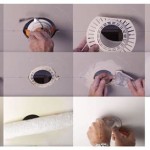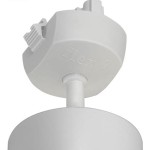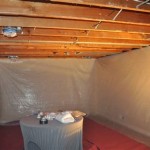Essential Aspects of Ceiling Sensor Light Switch: A Comprehensive Guide
Ceiling sensor light switches are a convenient and energy-efficient addition to any home. They automatically turn lights on and off based on motion, providing hands-free illumination and reducing energy consumption. Understanding the essential aspects of these switches is crucial for making informed decisions when installing or upgrading them.
Types of Ceiling Sensor Light Switches
There are three main types of ceiling sensor light switches:
- Passive Infrared (PIR) Sensors: Detects changes in infrared radiation emitted by moving bodies, perfect for general-purpose lighting.
- Microwave Sensors: Emits high-frequency microwaves that reflect off objects, providing wider coverage than PIR sensors but less energy-efficient.
- Ultrasonic Sensors: Transmits ultrasonic waves and detects objects by analyzing the reflected sound, offering high sensitivity and precision but limited range.
Installation Considerations
Proper installation is vital for optimal performance. Consider the following factors:
- Mounting Height: The ideal mounting height varies depending on the sensor type and room size. Generally, 7-9 feet is recommended.
- Sensor Location: Place the sensor where it can detect movement throughout the room without obstructions.
- Wiring: Ensure the switch is properly wired in accordance with electrical codes and manufacturer instructions.
Key Features and Options
Ceiling sensor light switches offer various features to enhance convenience and functionality:
- Adjustable Sensitivity: Adjust the sensor's response to different movement levels, minimizing false triggers.
- Programmable Timers: Set the time the lights remain on after motion is detected, reducing energy waste.
- Night Lights: Dim the lights to a lower level during nighttime for subtle illumination.
- Dual-Technology Sensors: Combine different sensor types for increased coverage and reliability.
Benefits and Applications
Ceiling sensor light switches provide numerous benefits:
- Convenience: Hands-free operation simplifies daily routines and enhances accessibility.
- Energy Efficiency: Automatic turn-off reduces energy consumption by eliminating unnecessary lighting.
- Enhanced Safety: Illuminating areas as you enter provides increased visibility and security.
- Suitable for Various Locations: Ideal for hallways, bathrooms, closets, and other areas where convenient and efficient lighting is desired.
Conclusion
Ceiling sensor light switches are versatile and energy-conscious devices that offer a host of benefits. By understanding their different types, installation considerations, key features, and applications, you can make informed decisions to optimize lighting control and convenience in your home.

Odc Series 1000 Sq Leviton

Cnkoo Motion Detector Switch 110 240v 360 Degree Ceiling Occupancy Movement Sensor Light High Sensitive Pir For Led Lights Fluorescent Incandescent Com

Sensor Switch Cm 9 Occupancy White Bees Lighting

Ceiling Mount Occupancy Sensor Multi Technology 180 Degree 500 Sq Leviton

Topgreener 5 Amp Single Pole Ambient Light Level Detector Motion Sensor In Wall Switch Auto On White With Plates 3 Pack Tdos5 Jm Wwp3p The Home Depot

Ashata 360 Infrared Pir Motion Sensor Switch With Time Delay For Led Ceiling Light Ac180 250v Com

Lithonia Lighting Contractor Select Cm Series 360 Small Motion Ceiling Mount Occupancy Sensor 9 The Home Depot

3 12m Ceiling Occupancy Sensor Motion Light Switch High Pir Com

Lutron Maestro Single Pole 2 Amp Occupancy Motion Sensor Light Switch White In The Sensors Department At Com

Lithonia Lighting Contractor Select Cmr Series 360 Small Motion Standard Range Ceiling Mount Occupancy Sensor 9 The Home Depot
Related Posts








